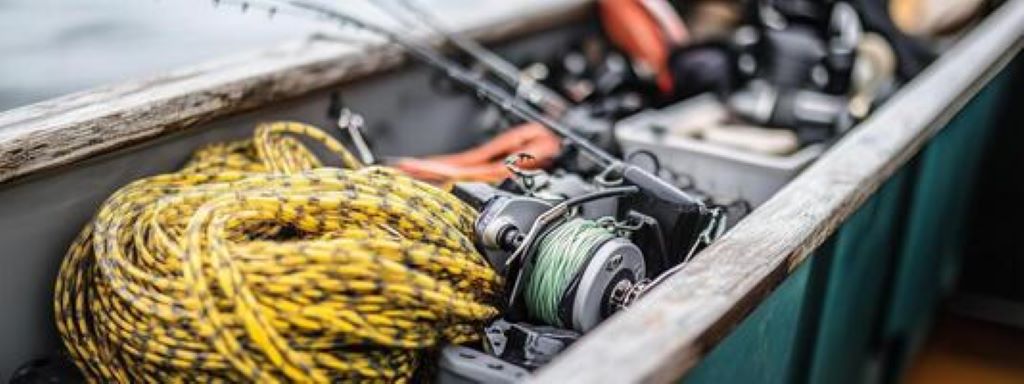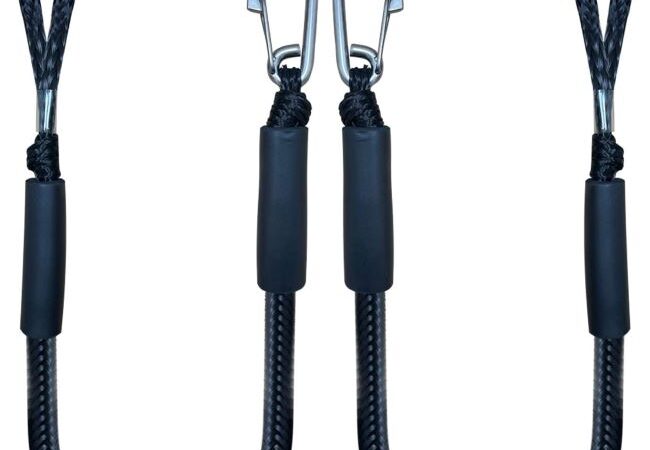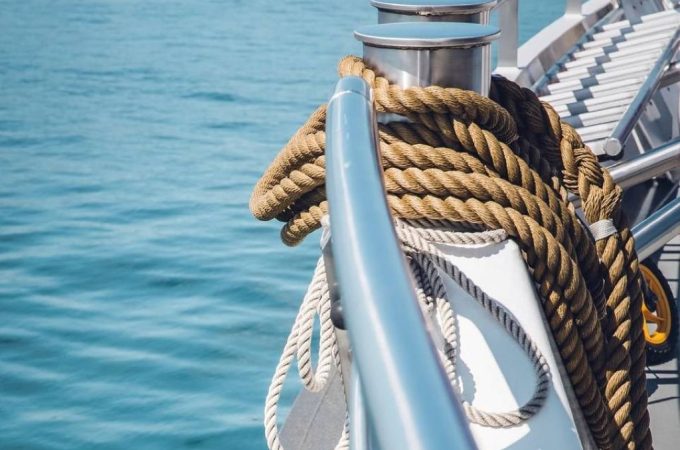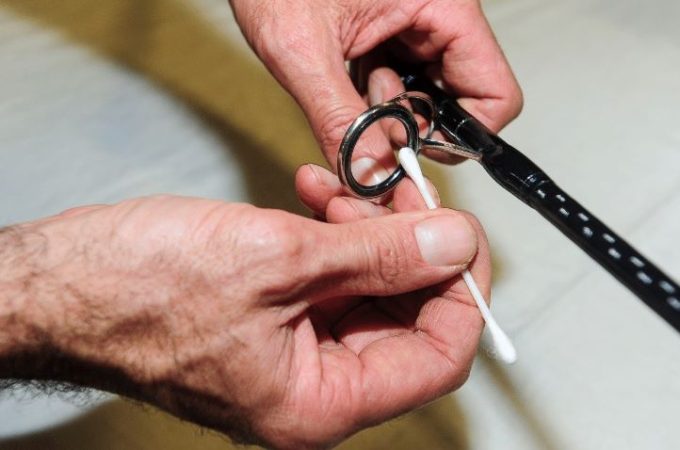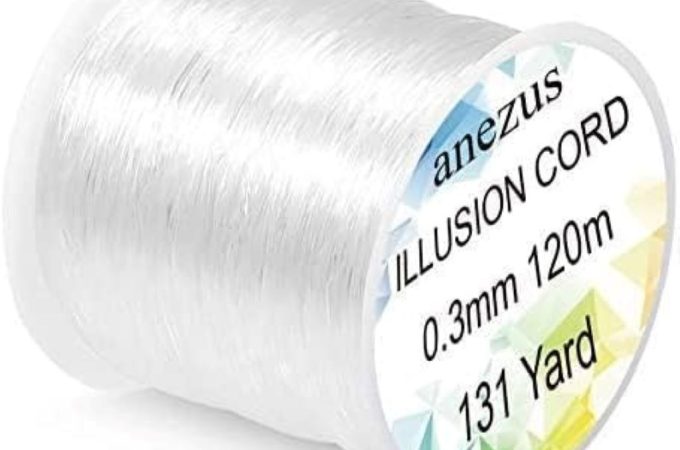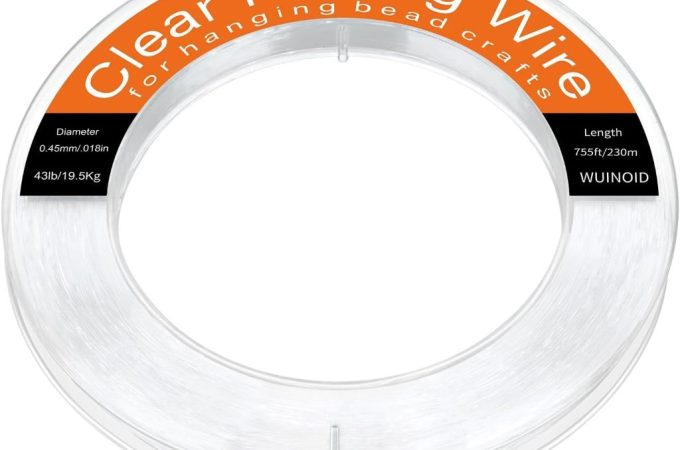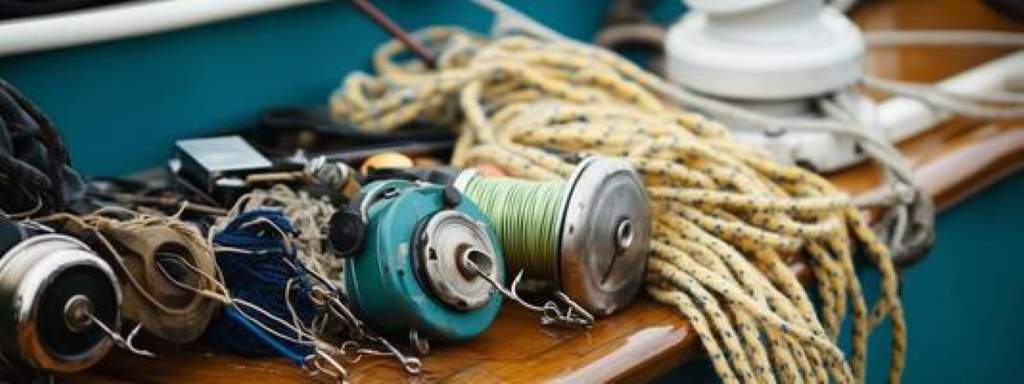
Fishing Rope Maintenance: Tips for Long-Lasting Performance
Fishing rope maintenance ensures your gear performs well and lasts longer. Proper care prevents wear, reduces costs, and keeps you safe on the water. Whether you’re a recreational angler or a commercial fisherman, neglecting ropes can lead to fraying or breakage, risking your catch or safety. This guide shares practical tips to maintain your fishing ropes for optimal performance. From cleaning to storage, we cover it all with easy steps. Let’s dive into how fishing rope maintenance can save you time and money while boosting durability.
Contents at a Glance
ToggleWhy Fishing Rope Maintenance Matters
Fishing ropes face harsh conditions like saltwater, UV rays, and heavy loads. Without proper care, they weaken, leading to costly replacements. Regular maintenance extends their lifespan and ensures safety. For example, a frayed rope could snap during a big catch, causing injury or loss.
According to a 2021 study by the National Marine Fisheries Service, poorly maintained gear contributes to 15% of fishing accidents. Simple upkeep, like rinsing ropes after use, prevents saltwater corrosion. I once lost a prized catch due to a neglected rope snapping. Since then, I’ve prioritized maintenance, and my ropes last years longer. Start caring for your ropes today to avoid such mishaps.
Cleaning Your Fishing Ropes Properly
Cleaning is the first step in fishing rope maintenance. Salt, dirt, and algae build up, weakening fibers over time. Rinse ropes with fresh water after every trip to remove salt. For deeper cleaning, soak them in mild soapy water for 30 minutes, then scrub gently with a soft brush.
Avoid harsh chemicals like bleach, which damage rope fibers. A 2022 report from the International Marine Organization notes that improper cleaning shortens rope lifespan by 20%. After cleaning, air-dry ropes in a shaded area to prevent UV damage. I clean my ropes monthly, and they stay strong and flexible. Regular cleaning keeps your ropes ready for action.
Steps for Effective Rope Cleaning
- Rinse immediately: Wash off salt and debris with fresh water after use.
- Soak in soap: Use mild detergent for a thorough clean every few weeks.
- Dry properly: Air-dry in shade to avoid sun damage.
Inspecting Ropes for Wear and Tear
Regular inspections catch issues early, ensuring fishing rope maintenance is effective. Look for fraying, cuts, or discoloration, which signal weakness. Check knots and splices, as they’re prone to stress. Inspect ropes before and after each trip for peace of mind.
A small nick can grow into a major break under pressure. I once found a frayed section on my anchor rope during a pre-trip check, saving me from a dangerous situation. Replace ropes showing significant wear. According to NOAA, 10% of rope failures stem from undetected damage. Spend five minutes inspecting to keep your gear reliable.
Proper Storage to Prevent Damage
Storage plays a big role in fishing rope maintenance. Improper storage causes mold, mildew, and fiber breakdown. Store ropes in a cool, dry place away from direct sunlight. Coil them loosely to avoid kinks, which weaken fibers over time.
Never store wet ropes, as moisture breeds mold. I learned this the hard way when a damp rope developed mildew, forcing an early replacement. Use breathable storage bags to promote airflow. Additionally, keep ropes off concrete floors, which retain moisture. Proper storage keeps your ropes in top shape for years.
Best Storage Practices
- Dry thoroughly: Ensure ropes are dry before storing to prevent mold.
- Coil loosely: Avoid tight knots to maintain fiber strength.
- Use breathable bags: Promote airflow to keep ropes fresh.
Explore Clever Household Rope Hacks That Can Transform Your Home.
Protecting Ropes from UV and Salt Damage
UV rays and saltwater are ropes’ worst enemies. They break down fibers, reducing strength. Fishing rope maintenance includes protecting ropes from these elements. Rinse off salt after every use and store ropes away from sunlight when not in use.
Consider UV-resistant coatings for extra protection. A 2023 study by the Marine Equipment Association found that UV-treated ropes last 25% longer. I apply a UV protectant spray annually, and my ropes show less fading. Additionally, rotate rope usage to distribute wear evenly. These steps keep your ropes durable in harsh conditions.
Lubricating Ropes for Flexibility
Lubrication maintains rope flexibility, a key part of fishing rope maintenance. Stiff ropes are harder to handle and more likely to fray. Use marine-grade rope lubricants to keep fibers supple. Apply sparingly to avoid attracting dirt.
Lubricate ropes every three months or after heavy use. I noticed smoother handling after lubricating my ropes, especially during long trips. Avoid household oils, as they degrade fibers. Proper lubrication reduces friction, extending rope life. Combine this with regular cleaning for best results.
When to Replace Your Fishing Ropes
No rope lasts forever, even with excellent fishing rope maintenance. Replace ropes showing significant wear, like deep fraying or loss of elasticity. Most ropes last three to five years with proper care, depending on usage. Heavy commercial use may require annual replacements.
Track rope age and usage to know when to replace them. I mark purchase dates on my ropes to stay organized. If a rope feels stiff or looks worn, don’t risk it. Replacing ropes proactively prevents accidents and ensures reliable performance on the water.
Signs It’s Time to Replace
- Deep fraying: Visible fiber damage signals weakness.
- Loss of elasticity: Stiff ropes are less effective.
- Fading colors: Indicates UV and environmental damage.
Choosing the Right Rope for Longevity
Selecting the right rope reduces maintenance needs. Synthetic ropes like nylon or polyester are durable and resist saltwater. Braided ropes are stronger than twisted ones for heavy-duty fishing. Consider your fishing type when choosing.
I switched to braided nylon ropes five years ago, and they’ve outlasted my old twisted ropes. Research from the Fishing Gear Institute shows braided ropes withstand 30% more stress. Match rope strength to your needs—stronger isn’t always better. Quality ropes paired with proper fishing rope maintenance ensure long-lasting performance.
Conclusion
Fishing rope maintenance is essential for durability, safety, and cost savings. Regular cleaning, inspections, and proper storage keep ropes in top condition. Protecting against UV and salt, lubricating for flexibility, and knowing when to replace ropes ensure long-lasting performance. By following these tips, you’ll extend your ropes’ lifespan and fish with confidence. I’ve seen my ropes last years longer with consistent care, and you can too. Share your rope maintenance tips in the comments or spread this guide with fellow anglers!
FAQs
Why is fishing rope maintenance important?
Proper maintenance extends rope life, ensures safety, and prevents costly replacements.
How often should I clean my fishing ropes?
Rinse after every use and deep clean monthly with mild soap.
What are signs my fishing rope needs replacing?
Look for deep fraying, stiffness, or fading colors indicating damage.
Can I use household products to clean fishing ropes?
Avoid harsh chemicals like bleach; use mild soap to protect fibers.
How do I store fishing ropes to prevent damage?
Store dry, loosely coiled ropes in breathable bags away from sunlight.

